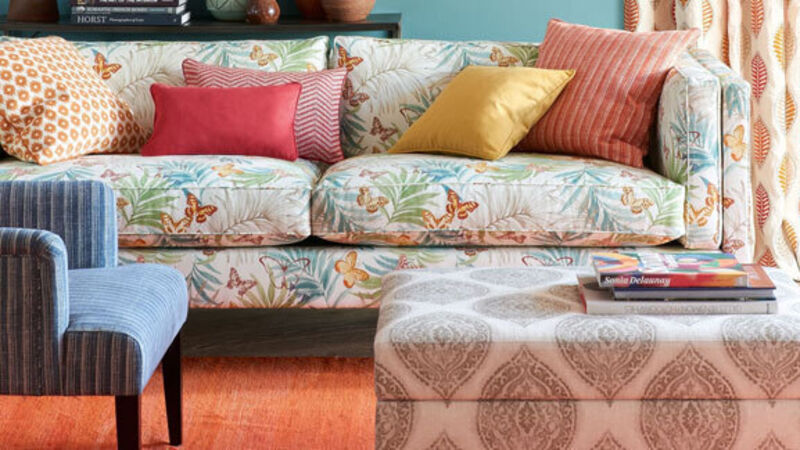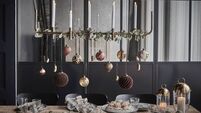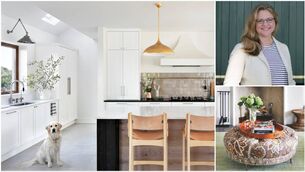Layer up to create a cosy, comfortable home

So what is this layering business we’re hearing so much about in interiors?
It’s just, quite simply, a little trade secret used by stylists to create a look which seems pulled together effortlessly.
It sounds daunting, but really it just takes some practice, and once you get the hang of it, your home should be less the flat, lifeless space you despaired of resolving, and an enticing one instead.
More importantly, it stamps the space with your personality and taste, and works for everyone, particularly renters complying with landlords’ rules that they don’t decorate or interfere with the fabric of the house.

Choose one room to cut your layering teeth on, gathering together what you have in terms of cushions, objects, rugs, and art and photography and see how far you get before buying anymore.
Cushions are the go-to accessories for softening an interior, especially as an antidote to angular sofas and chairs.
Different shapes work well together, especially squares with rectangles to add a combination of depth and height. Stick to odd numbers — in groups of one, three or five.
It’s a tried and tested interior design trick that’s easy on the eye, but take care not to end up with an arrangement which looks contrived, burdens the sofa, and leaves insufficient sitting space.
Ultimately, comfort is the aim, so make sure your cushions still perform and aren’t worn to a pancake.
For a good visual, options include pattern with solid colour, small and large patterns together in the same colourway, or try combinations of bold and soft colour, and colour with texture.

There’s value in starting your layering project from the ground upwards, especially if you have a problem floor which dominates the room.
Put down a rug and see the impact. You might need a second rug to counter a bare look, especially if you have a chilly tiled floor or pale wood.
There’s a cosy vogue today for layering rugs on top of each other, or at least overlapping, but take care, as furniture may not sit evenly on top, and overlapping edges might be a hazard for the very young and elderly.
Confine your layering to say, a plain hessian with ethnic print on top. Large, neutral carpets can be layered with a textured animal hide.
Call them knick-knacks, clutter, or objet d’art, but personal treasures will add another layer of personality and can include books, vases, clocks, photos, candlesticks, and even childhood toys.
Bookcases are a great place to experiment and will help break up relentless lines of spines.
Start by leaning a pair of photo frames against a run of books, and lay a stack of same-size books flat, placing a photo frame or bowl on top. Gather together multiple photo frames on a shelf, applying the odd number rule and softening up the angles with a plant.
Prickly cacti are the houseplants of the moment, but it’s probably best to add them to items which are softer and have texture, and opt for something wispy, like a fern, to counter the rigid structures of frames and books.

Mantelpieces, sideboards, console tables, and bedside tables can benefit from the same approach, offering more height to play with objects.
A collection of vases or bowls that match in colour or shape can be soften-ed by a house plant or a lamp’s warm glow.
If you’re restricted in hanging pictures on walls, because you’re a renter or hammer-phobic, standing several framed artworks on a console table, mantelpiece, or sideboard adds height to low level surfaces.
Start with large frames, going as big as possible, creating layers in front with frames sizes graduation downwards.
If you’re hanging frames, a collage is more visually interesting than lone frames.
Opt for a mix of canvases and clip frames, different heights, widths, and shapes to avoid perfect symmetry. Seek out cohesion — as with the approach to cushions, and try soft and bold colour together, or colour with texture.
When you’re finished, ask yourself if you’ve achieved layered style or crossed over the fine line into clutter?
If it’s the latter, them Coco Chanel’s advice to always remove one accessory before going out, can apply equally to an overenthusiastically layered interior, so remove one cushion, frame or vase, and keep practising layering — it’s a skill like any other.













